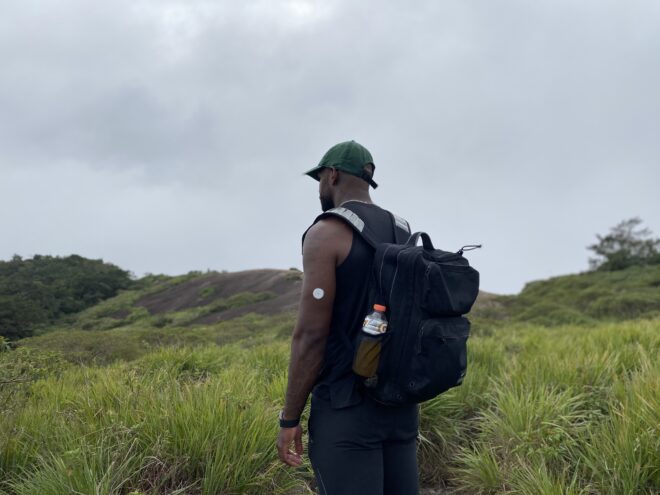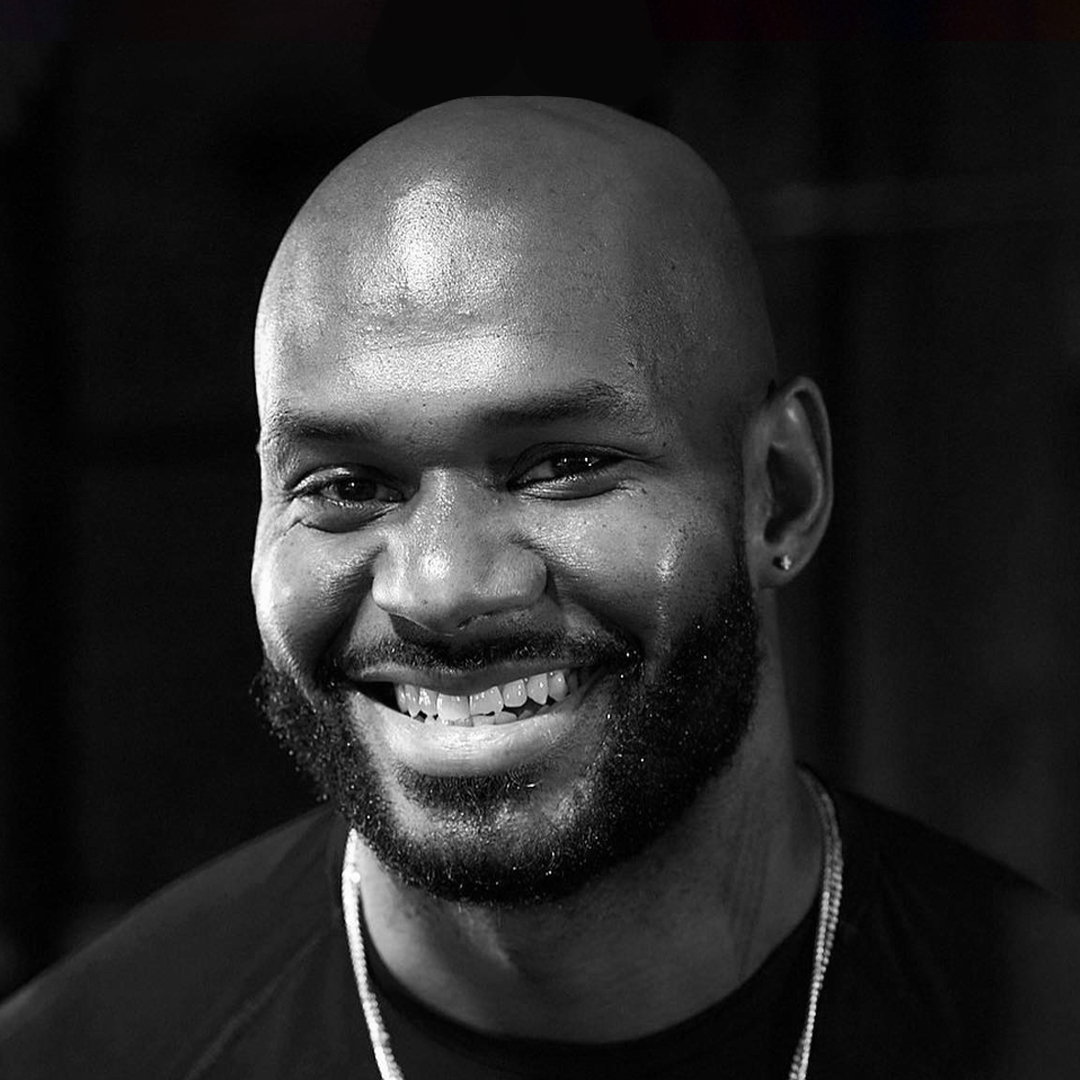“Running 26.2 miles sounded worse than eating Thin Mints.”
Editor’s Note: Dex is a member of the Beyond Type Run 2022 team—a team of nearly 50 people living with type 1 diabetes who ran the 2022 NYC Marathon on November 6. They’re on a mission to raise awareness and funds for type 1 diabetes, with fundraising open through the end of 2022. Congratulate Dex by making a gift on his fundraising page!
I was diagnosed with diabetes when I was 26—about 10 years ago—except I was misdiagnosed as having type 2. How does something like that happen? It’s more common than you’d think, especially in the Black community and in people who are diagnosed after the age of 30.
I was told many times to get an antibody test done to make sure I had the correct diagnosis, but I thought, how could my doctor be wrong? After years of obsessively using exercise to control my high blood sugars and suffering burnout from it, I got an antibody test done. I now live with type 1 diabetes!
Why did I decide to run the NYC Marathon?
 Running a marathon was the last thing on my mind after my new diagnosis. I’m a pretty optimistic person but the more I learned about how to manage type 1 diabetes, the more I learned about what could go wrong. That put me in a dark place.
Running a marathon was the last thing on my mind after my new diagnosis. I’m a pretty optimistic person but the more I learned about how to manage type 1 diabetes, the more I learned about what could go wrong. That put me in a dark place.
At a screening of The Human Trial, a documentary about finding a cure for type 1 diabetes, I got asked if I wanted to run the NYC Marathon for the Beyond Type Run Team. In the past whenever I was asked if I would run a marathon my answer was a quick no, running 26.2 miles sounded worse than eating Thin Mints.
But here was a chance for me to do something I’ve never done before, something big enough to give me a sense of accomplishment but more importantly help me get rid of the fear of living with diabetes and empower me to take control.
Here’s how I trained!
This is what worked for me but you should definitely consult your doctor before training for a marathon.
First, preparation is key! Before every run, even if it’s just a three-mile run or as long as a 13-mile run, you want to make sure you are set up for success! Always have fast-acting glucose on you! I have a small runner’s fanny pack that I load with gummies, mostly because I like the taste but also because they don’t upset my stomach.
Next, make sure you have a training program and a training schedule! Getting to 26.2 miles requires proper training, especially if you are new to running. A training program will start you out with low mileage four to five times a week and increase the mileage to as high as 20 miles a few weeks before your race date.
This ensures that your body’s conditioned to run that amount of miles and decreases your chance of injury. For your schedule, you want to try to run around the same time every day and if you have the time, do it during the start time of the race. Your body will become accustomed to running at that time which helps you feel your best during your run!
Lastly, if you have access to one, use a continuous glucose monitor (CGM)! The convenience of having a CGM during a long run is unreal. You don’t have to stop your run to prick your finger so your runs won’t be interrupted. You can react to your glucose numbers by anticipating a low (since CGMs tell you which way your blood sugar is trending) and make the right adjustments on the move—this will save your runs and allow you to finish strong!
“Life is a race, and what matters most isn’t when a person crosses the finish line, but how strong they’ve grown along the way.” ― Jen Stephens
This process of training for the NYC Marathon has been grueling, filled with highs and lows, no pun intended.
I’ve become stronger and I’ve learned so much about myself throughout this process. Living with diabetes isn’t something that restricts my ability to enjoy life. It’s not a burden to myself or the people I have in my life.
Living with diabetes means we have the opportunity to not only empower ourselves but inspire others to overcome their fears and obstacles.





